Information about the stele of doctoral examination in the year of Quy Suu
In the sacred space of the Temple of Literature – Imperial Academy, the stele with the names of the Doctors of the examination in the year of Quy Suu, Hoang Dinh 14 (1613) is a vivid proof of the tradition of learning and examinations in Vietnam. The stele was erected on November 16, 1653, 40 years after the examination, to record the names of the talented people who passed the examination and contributed to serving the country.
The stele has a majestic appearance, 160cm high, 100cm wide, 17cm thick, placed on the back of a sturdy stone turtle 147cm long, 136cm wide, 19cm high - a symbol of longevity and wisdom. The stele's forehead is elaborately carved with clouds and dragons facing the sun, surrounded by soft decorative borders creating a majestic yet elegant look.
The stele, engraved in Chinese characters, not only records the history of the examinations and the names of the Doctors, but also contains the idea of promoting talent – considering it the national spirit. This is also a strong message that the Le Dynasty wants to convey: respecting talent, encouraging learning, and taking education as the foundation of governing the country.
The examination in the year of Quy Suu (1613) took place in the context of the Le Dynasty paying special attention to education and examinations. The erection of the stone stele was a form of honoring intellectuals, as well as a reminder to future generations about the value of learning and morality.
Today, the doctoral steles at the Temple of Literature have gone beyond the value of a relic, becoming a world documentary heritage recognized by UNESCO, symbolizing Vietnamese intelligence and the aspiration to reach knowledge. Each engraving on the stele not only records the names of the past sages, but also inspires learning for future generations.
Discover the stele of the Doctorate of Quy Suu (1613) on YooLife
The YooLife digital platform has recreated the stele of the Doctorate examinations in Quy Suu (1613) using sharp 3D technology, providing an unprecedented online tour experience. Instead of only accessing the stele through books or static images, you can observe the stele from every angle, zoom in on the details of the dragon and cloud carvings, the stele forehead, the sophisticated decorative borders, and even explore each line of Chinese characters that are automatically narrated to help you understand the history of the examinations, the names of the Doctors, and the cultural and ideological significance of the stele.
This digitization transforms physical heritage into a vivid experience in digital space, not only serving tourists but also serving as an effective learning and research tool. Students, students, and researchers can analyze in detail the architecture, patterns, and humanistic messages that the Le Dynasty sent through the doctoral steles. YooLife opens a window connecting the past with the present, helping to spread the educational values, knowledge, and Vietnamese culture to all generations, while preserving heritage sustainably in the digital age.
This experience is not only intuitive but also turns each virtual tour into a journey of knowledge discovery, helping viewers deeply feel the greatness of Vietnam's tradition of studiousness.
Visit the 3D model of the stele of doctoral candidates in the Quy Suu year exam right here:
https://yoolife.vn/@yoolifevr360lichsu/post/144608



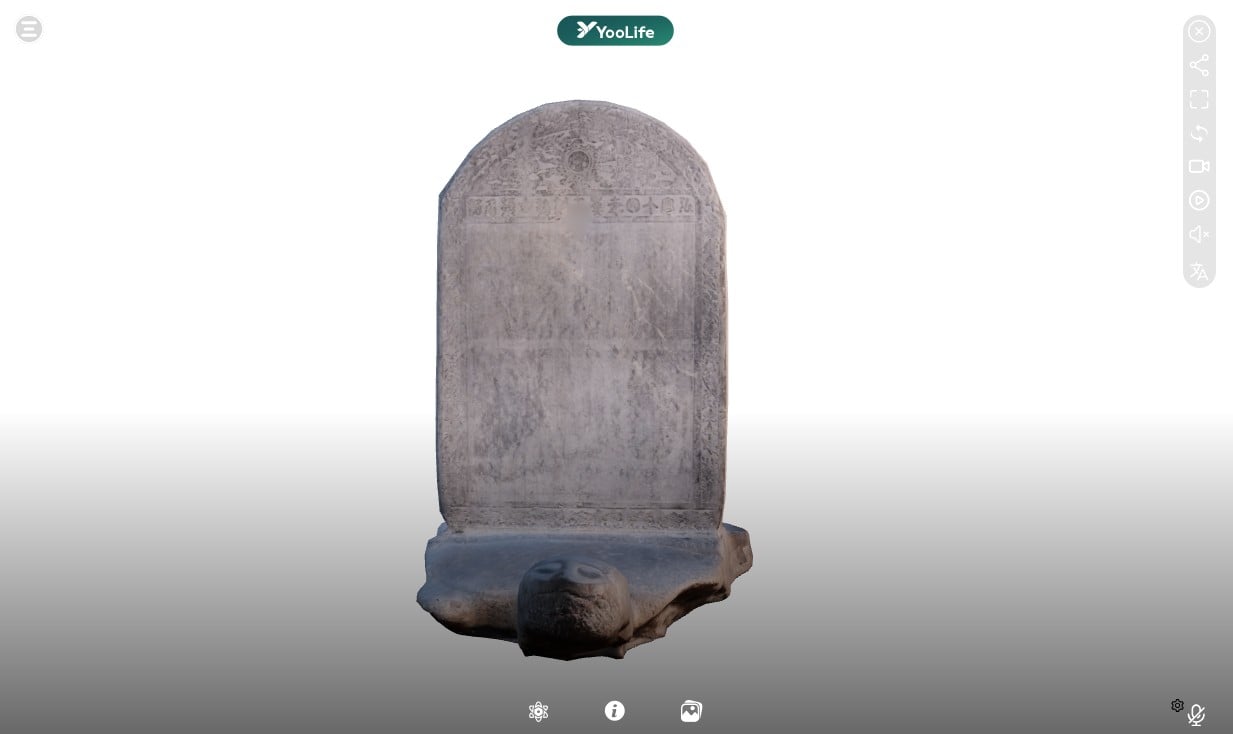
![[Photo] Politburo works with the Standing Committee of Cao Bang Provincial Party Committee and Hue City Party Committee](https://vphoto.vietnam.vn/thumb/1200x675/vietnam/resource/IMAGE/2025/8/28/fee8a847b1ff45188749eb0299c512b2)
![[Photo] General Secretary To Lam presents the 45-year Party membership badge to comrade Phan Dinh Trac](https://vphoto.vietnam.vn/thumb/1200x675/vietnam/resource/IMAGE/2025/8/28/e2f08c400e504e38ac694bc6142ac331)
![[Photo] Red flag with yellow star flutters in France on National Day September 2](https://vphoto.vietnam.vn/thumb/1200x675/vietnam/resource/IMAGE/2025/8/28/f6fc12215220488bb859230b86b9cc12)
![[Photo] Prime Minister Pham Minh Chinh meets with Speaker of the New Zealand Parliament Gerry Brownlee](https://vphoto.vietnam.vn/thumb/1200x675/vietnam/resource/IMAGE/2025/8/28/cec2630220ec49efbb04030e664995db)
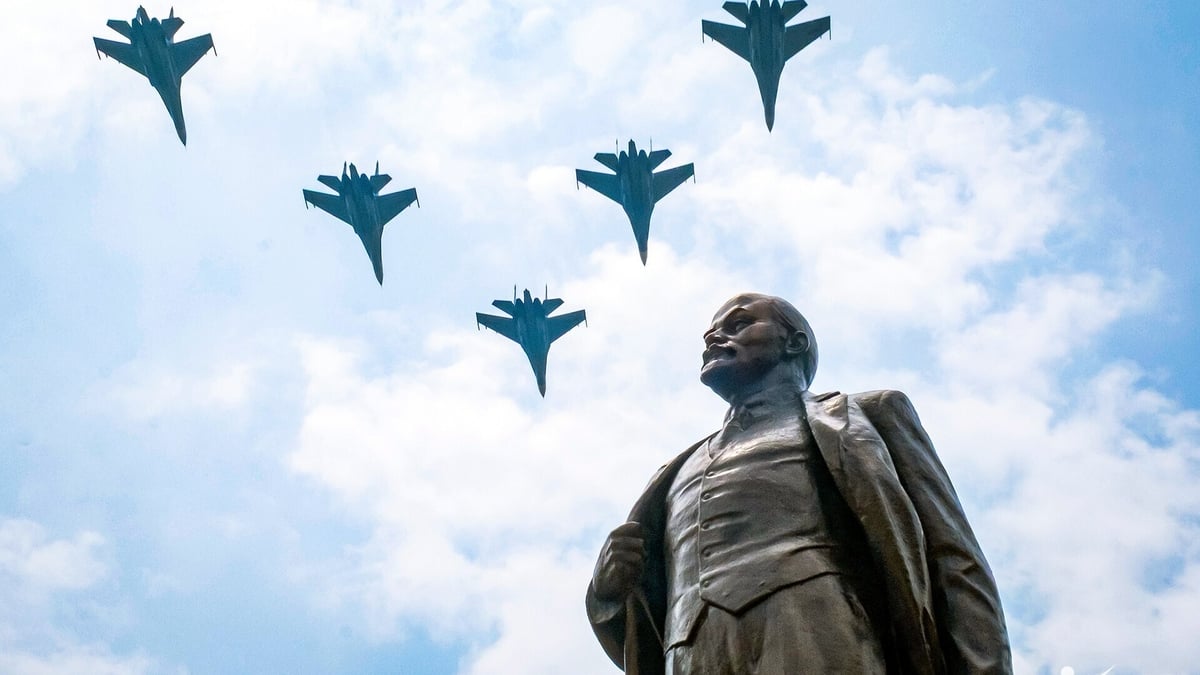

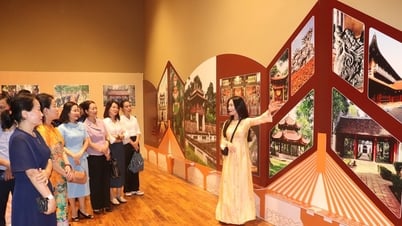



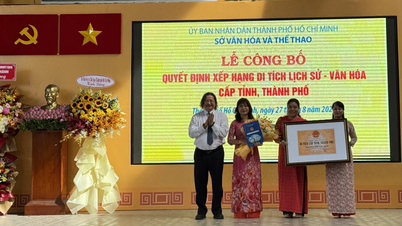

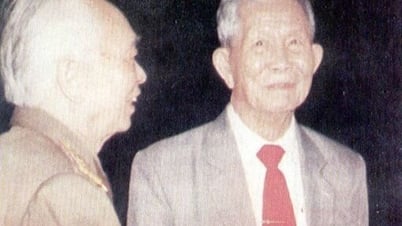



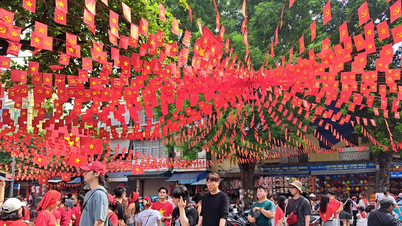
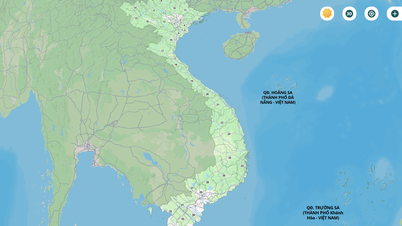


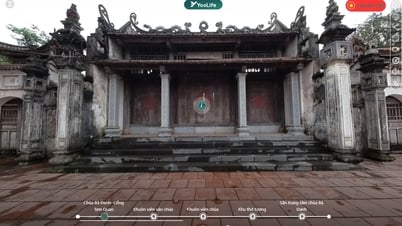
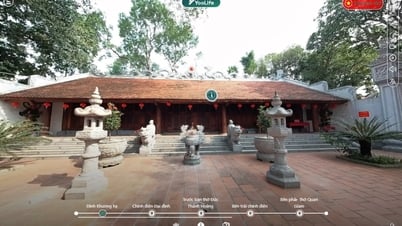






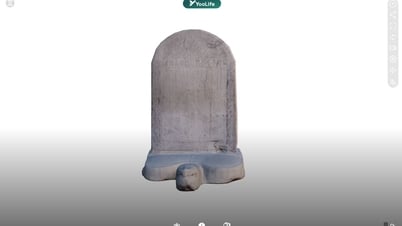







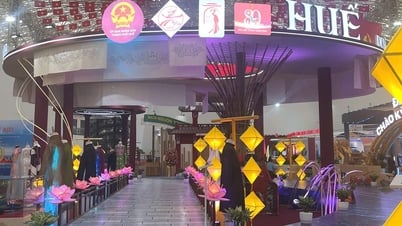

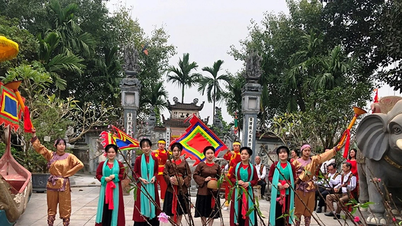

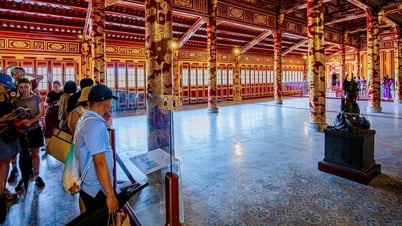







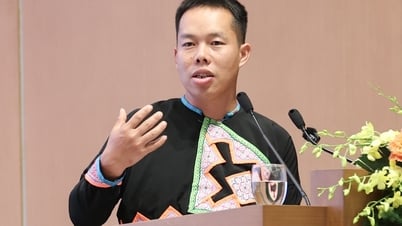

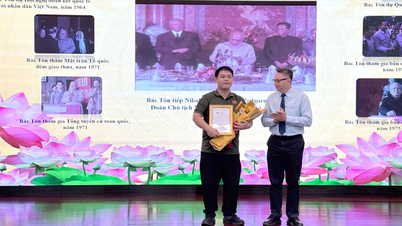







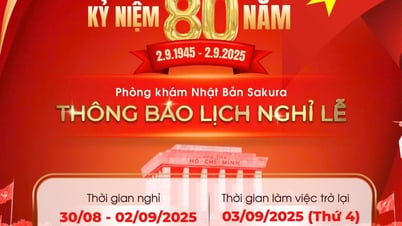
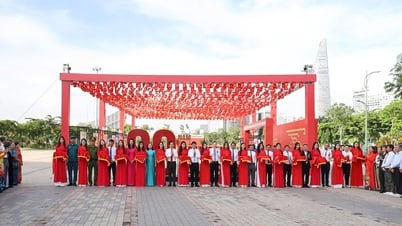














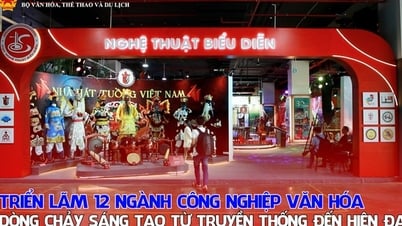







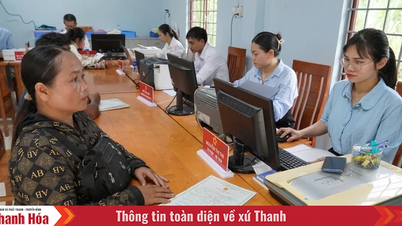








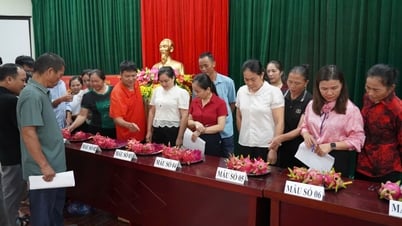








Comment (0)